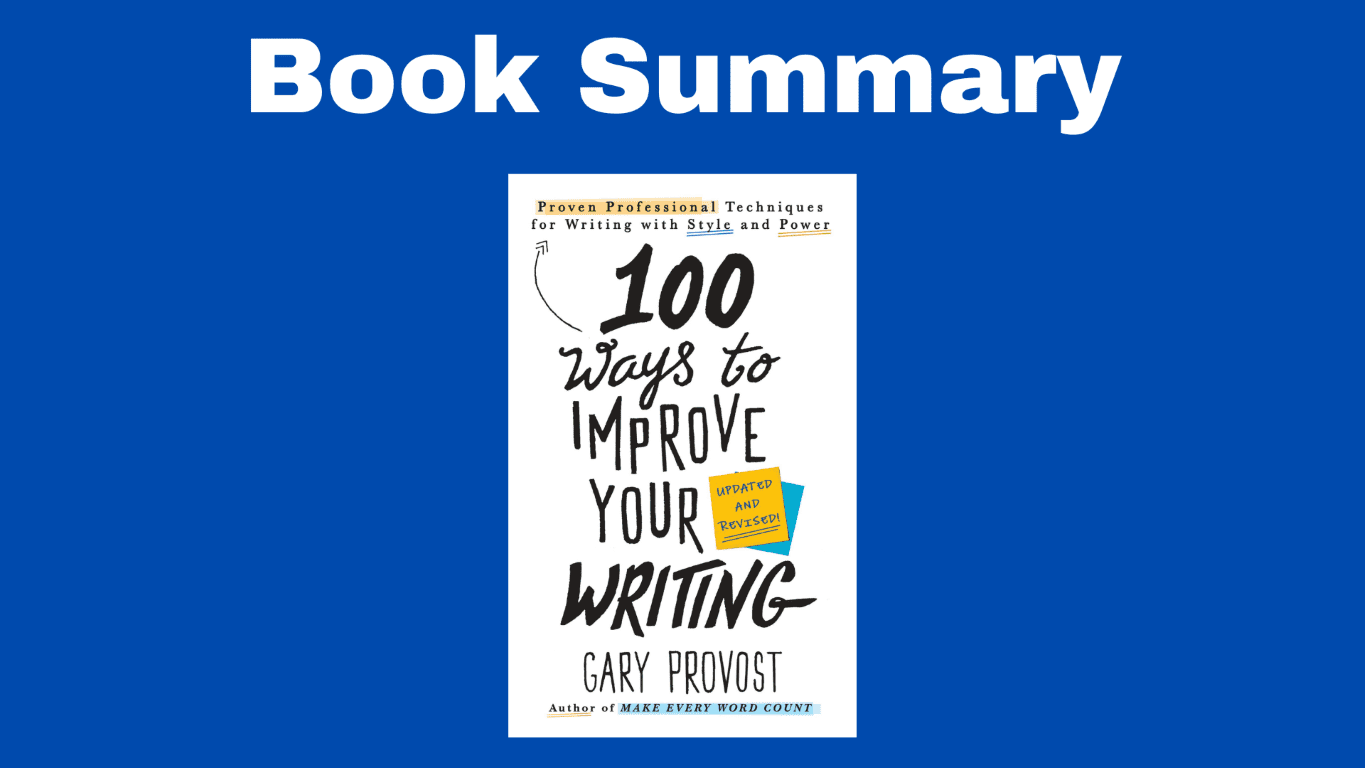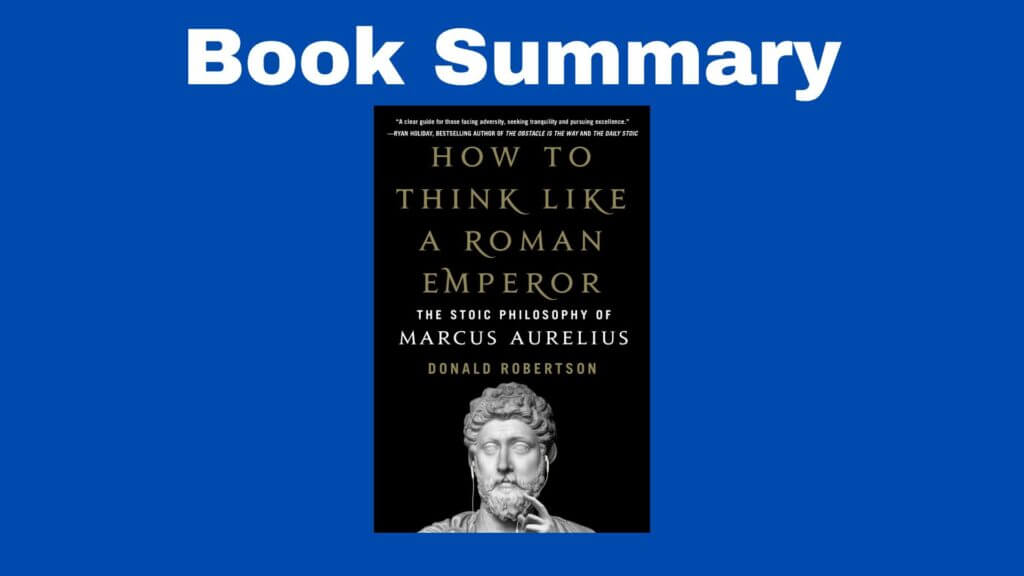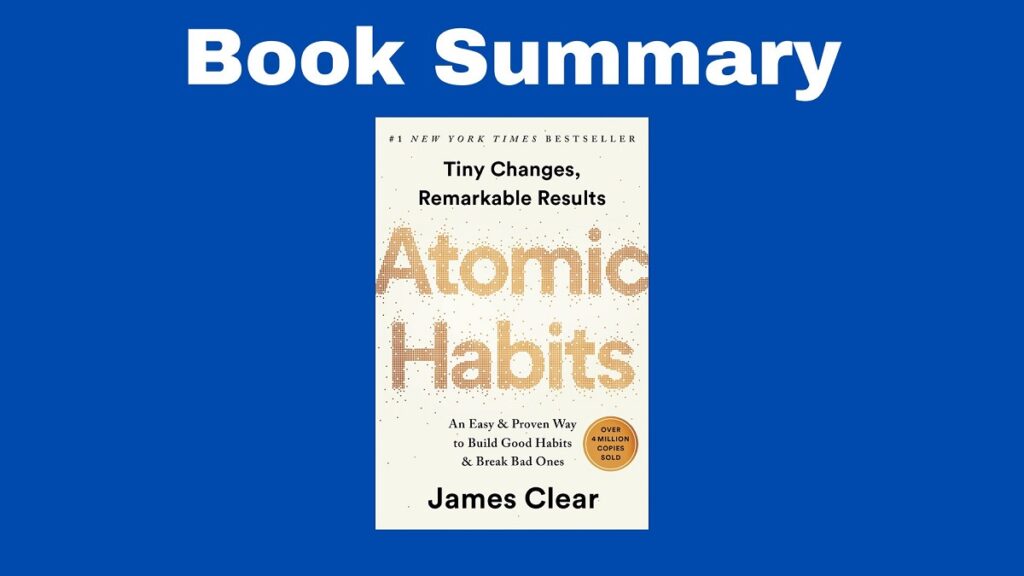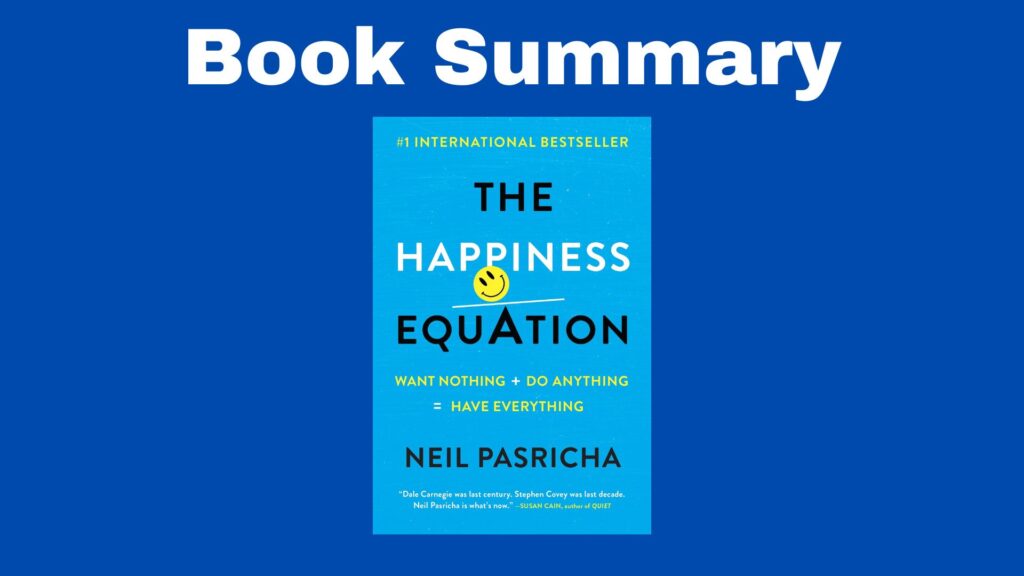The Book in Three Sentences
100 Ways to Improve Your Writing is a great resource for everyone interested in writing. The book offers tips to overcome writer’s block, improve before writing, develop a style, and more. As someone who writes daily and wants to improve his writing and show consistency when it comes to grammar rules, this book is an invaluable resource that goes from a general view of writing to a more in-depth one.
100 Ways to Improve Your Writing
I. Nine Ways to Improve Your Writing When You’re Not Writing
- Get Some Reference Books
- Expand Your Vocabulary
- Improve Your Spelling
- Read
- Take a Class
- Eavesdrop
- Research
- Write in Your Head
- Choose a Time and Place
II. Nine Ways to Overcome Writer’s Block
- Copy Something
- Keep a Journal
- Talk about What You’re Writing
- Touch Your Toes
- Do Writing Exercises
- Organize Your Material
- Make a List
- Picture a Reader
- Ask Yourself Why You Are Writing
III. Five Ways to Write a Strong Beginning
- Find a Slant
- Write a Strong Lead
- Don’t Make Promises You Can’t Keep
- Set a Tone and Maintain It
- Begin at the Beginning
IV. Nine Ways to Save Time and Energy
- Use Pyramid Construction
- Use Topic Sentences
- Write Short Paragraphs
- Use Transitional Phrases
- Don’t Explain When You Don’t Have To
- Use Bridge Words
- Avoid Wordiness
- Steal
- Stop Writing When You Get to the End
V. Ten Ways to Develop Style
- Think About Style
- Listen to What You Write
- Mimic Spoken Language
- Vary Sentence Length
- Vary Sentence Construction
- Write Complete Sentences
- Show, Don’t Tell
- Keep Related Words Together
- Use Parallel Construction
- Don’t Force a Personal Style
VI. Twelve Ways to Give Your Words Power
- Use Short Words
- Use Dense Words
- Use Familiar Words
- Use Active Words
- Use Strong Verbs
- Use Specific Nouns
- Use the Active Voice… Most of the Time
- Say Things in a Positive Way… Most of the Time
- Be Specific
- Use Statistics
- Provide Facts
- Put Empathic Words at the End
VII. Eleven Ways to Make People Like What You Write
- Make Yourself Likeable
- Write About People
- Show Your Opinion
- Obey Your Own Rules
- Use Anecdotes
- Use Examples
- Name Your Sources
- Provide Useful Information
- Use Quotations
- Use Quotes
- Create a Strong Title
VIII. Ten Ways to Avoid Grammatical Errors
- Respect the Rules of Grammar
- Do Not Change Tenses
- Know How to Use the Possessive Case
- Make Verbs Agree with Their Subjects
- Fix Dangling Modifiers
- Avoid Shifts in Pronoun Forms
- Do Not Split Infinitives
- Beware These Common Mistakes
- Be Sensitive to Changes in the Language
- Prefer Good Writing to Good Grammar
IX. Six Ways to Avoid Punctuation Errors
- Use Orthodox Punctuation
- Know When to Use a Comma
- Know When to Use a Semicolon
- Know When to Use a Colon
- Use Exclamation Points Only When Exclaiming and Question Marks Only When Asking Questions
- Know How to Use Quotation Marks
X. Twelve Ways to Avoid Making Your Reader Hate You
- Avoid Jargon
- Avoid Cliches
- Avoid Parentheses
- Avoid Footnotes
- Don’t Use Transitions to Conceal Information
- Don’t Acknowledge When You Should Explain
- Don’t Hide Behind Your Words
- Don’t Intrude
- Don’t Play Word Games
- Don’t Play the Tom Wolfe Game
- Don’t Cheat
XI. Seven Ways to Edit Yourself
- Read Your Work Out Loud
- Cut Unnecessary Words
- Think About What You Have Written
- Ask Yourself These Questions
- Follow These Rules of Form for Titles
- Prepare a Perfect Manuscript
- Use Common Sense
100 Ways to Improve Your Writing Summary
The writer should use the vocabulary he or she already has. This keeps the writing process fluid and you develop your vocabulary as you go.
You can copy someone else’s words to become intimate with their world. A similar idea is later revisited when Provost suggests stealing: “If you steal from one writer, it’s called plagiarism, but if you steal from several, it’s called research”, Provost says. So use conversations you overheard, lines from articles that resonated with you, and anecdotes from parties to brighten up your stories.
It would be wise for writers to read the kind of writing they’d like to do. This keeps the writer informed and it shows them how to “turn something incomprehensible into something readable”, according to Provost. Something also important is that you shouldn’t try to write everything about a given subject because you end up rambling, get lost, and waste both time and words.
Being dishonest to the reader should be frowned upon. Don’t trick and don’t lie.
Provost puts particular emphasis on the hook, encouraging authors to be provocative, energetic, and exciting. An interesting hook gives the reader something to care about and encourages them to continue reading. The lead should be one and the writer shouldn’t try to replicate it in the following paragraphs. As a writer, you set the tone of your manuscript from the opening paragraph, so don’t change the tone as you keep writing. The “who, what, when, where, and why” should all be in the first paragraph too. Remove sentences from the beginning until you find one you can’t do without.
Active verbs do something. Inactive verbs are something.
A topic sentence contains an idea you’re going to develop in a given paragraph. The topic sentence is usually at the beginning of the paragram and then you develop that idea in a deeper manner in subsequent sentences. Also, remember that every sentence should support the topic sentence, and if it doesn’t, remove the sentence.
Don’t use long words and don’t be redundant. Use short words and be concise.
Something that often causes confusion is the use of the possessive case. Most nouns are made possessive by adding ’s. However, if a noun ends in s already and is plural, simply add an apostrophe.
Read your words aloud. According to Provost, writing is like making music, so each word makes a sound, and those sounds together are in harmony, they are pleasant and they simply work. Also, when reading sentences out loud, your ears tell you where commas are needed since there should be a slight pause. Restrictive clauses and words do not require commas. Nonrestrictive clauses and words do.
Here are the rules for commas:
- Use a comma following introductory words like Yes, No, and But. Realize, though, that there are times when such words are not being used as introductions to a sentence.
- Clauses joined by but often require a comma.
- Use commas between members of a series.
- Use a comma before a direct quotation. (If the direct quotation is long, use a colon rather than a comma.)
- Following a person’s name, set off by commas information indicating residence, position, or title.
- Use a comma to separate elements of a sentence that might be misread.
The semicolon, on the other hand, signals signal a distinct pause in a sentence. Here are some rules for the semicolon:
- Use a semicolon to separate closely related independent clauses that are not joined by a conjunction.
- Use a semicolon to separate word series that contain commas.




